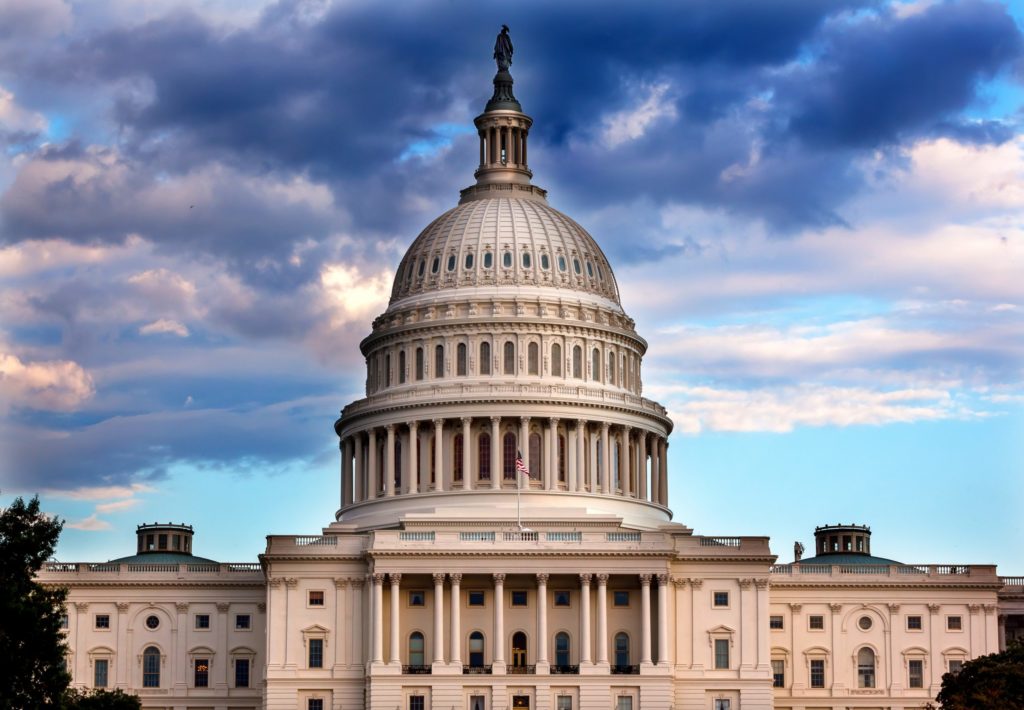California’s soaring poverty rates tied to its fiscal irresponsibility
The U.S. Census Bureau’s latest statistics, released this month, find that California’s poverty rate remains the highest in the nation, despite dipping ever so slightly. The reason is no surprise: It’s tied largely to the state’s unusually high cost of living.
Yet despite Democratic lawmakers’ oft-stated concern about rising income inequality, they spent the recently concluded legislative session imposing taxes, fees and new regulations that will drive up the costs of everything from transportation to housing.
In other words, they’ve been creating the poverty and inequality problem they say they’re here to solve. The burden of their failure falls most heavily on those Californians who earn the least. The new government programs they will fund with the additional tax revenue will benefit only a small number of poor people and very often at the expense of other poor people.
Under the official federal poverty measure, California’s percentage of residents living below the poverty threshold is 14.5 percent, which is nearly a percentage point above the national average. But using the bureau’s more relevant “Supplemental Poverty Measure,” which accounts for public assistance payments and the state’s sky-high housing costs, California’s poverty rate is a shocking 20.4 percent, well above the national average of 13. 9 percent.
California increasingly is becoming a state of haves and have-nots. The homeownership rates hover around 54 percent, lower than every state except New York. The cost of groceries, transportation and utilities are well above the national average, with California’s health-care costs being the only major cost-of-living area that’s around the national average.
To make matters worse, California’s troubled financial situation – mainly the unfunded debts the state has accumulated to pay for pension and medical care promises made to government employees – imposes an additional burden on taxpayers. That means higher taxes and an eroded quality of public services, as local governments struggle to balance their budgets.
The state’s distressing finances have achieved for us a kind of fame. A new study from “Truth in Accounting” ranked California near the bottom – 43rd in the nation – for its fiscal state of affairs. The group gave California a financial grade of F because of its “staggering debt burden of $255.1 billion.” That leaves “an unbelievable $21,600 for every California taxpayer,” compared to an average debt of $9,900 per taxpayer nationwide, the group reported.
The Truth in Accounting report only looks at state liabilities. California Policy Center, for instance, found that California’s total state and local debt may be closer to $1.3 trillion, which puts the total per-taxpayer burden above $100,000.
Obviously, state officials are not about to send a $21,600 bill to every taxpayer. As Truth in Accounting explains, state officials use a variety of accounting tricks to hide the size of the debt: They inflate revenue assumptions in the pension funds (the higher the expected rate of return on investments, the lower the stated pension debt). They count borrowed money as income. They understate the true cost of government. They delay payments of bills to the next fiscal year, to mask the size of the current debt.
The “Financial State of the States” report found it even more troubling that “state government officials continue to obscure large amounts of retirement debt on their balance sheets, despite new rules to increase financial transparency.” And while California has reported much of its pension debt, “the state continues to hide most of its retiree health care debt,” with a total hidden debt of $65.9 billion.
But as unfunded liabilities mount, officials will have to find ways to pay for the growing debt. “Gov. Brown needs to come up with this money through increased taxes, or slash promised benefits to teachers, police officers, firefighters, and other public servants,” according to the group. In California, the courts have greatly limited public employee pension funds’ ability to reduce benefits, even going forward. That means Californians can expect the usual response: pressure for new taxes and fees at every level of government and cutbacks in promised services.
These debt levels aren’t inevitable. Nine states have surpluses as high as $38,200 per taxpayer, after all of their debts are paid. Several others have a relatively modest amount of debt per capita. But California and eight other states are financial sinkholes.
California is known for its progressive tax rates, meaning that the wealthiest people here pay the bulk of the state’s income taxes. Gov. Jerry Brown often warns during his budget presentations that the state’s reliance on capital gains tax receipts makes the general fund vulnerable to recession. If the economy dips, revenues fall precipitously, thus leading to large deficits. He cautions the Legislature against approving permanent spending programs that can’t be sustained if the economy goes south.
Despite such progressivism, the poorest Californians are not off the hook. The governor this year signed a large increase in the gasoline tax, averaging 12 cents a gallon. He also signed an extension of the state’s cap-and-trade system, which imposes new costs on manufacturers and refiners to force them to reduce their carbon emissions. The program’s extension is predicted to add as much as 63 cents on a gallon of gasoline by 2021, according to the well-respected Legislative Analyst’s Office.
These are “regressive” taxes that fall heavily on the poor.
California also has high sales and use taxes. The standard sales-tax rate is 7.25 percent. Many cities have local add-ons that increase those taxes to as much as 10.25 percent on most purchases, which is among the highest in the nation. These, too, are regressive taxes that boost the cost of living for everyone, but harm the poor most because they eat up a larger proportional share of their budgets.
Fiscal problems also hit poor people the hardest. Some of the state’s poorest cities (Stockton, Vallejo, Richmond and San Bernardino) have struggled under burdensome pension debts. When Stockton went bankrupt, for instance, local officials responded by increasing sales taxes as part of their “work-out plan.” High-paid public employees had their full salaries and pensions protected, while low-wage residents had to pay more in sales taxes.
But the biggest poverty problem involves housing costs. Even the state Legislature has recognized the degree to which soaring housing costs have become a statewide “crisis.” Yet the housing package that passed in the waning hours of the legislative session is likely to exacerbate the “cost of living” problem.
One measure (Senate Bill 2) increases fees on many real-estate transactions. Another will put a $3 billion housing bond on the November 2018 ballot. If voters approve, Senate Bill 3 will create new pressure on the state budget. The one measure (Senate Bill 35) that seeks to streamline the approval process for housing projects also includes a union-backed prevailing-wage requirement that could add significantly to the cost of building these projects. What one hand giveth, the other taketh away.
So, California legislators continue to drive up the cost of housing and transportation, which are the main drivers of the state’s depressingly high rates of poverty and income inequality. They ignore the bone-crushing debt levels that create constant pressure for higher taxes and that obliterate the public services upon which the poorest residents are most dependent. These actions speak far louder than their constant blather about helping the poor.
Image by Joe Prachatree









